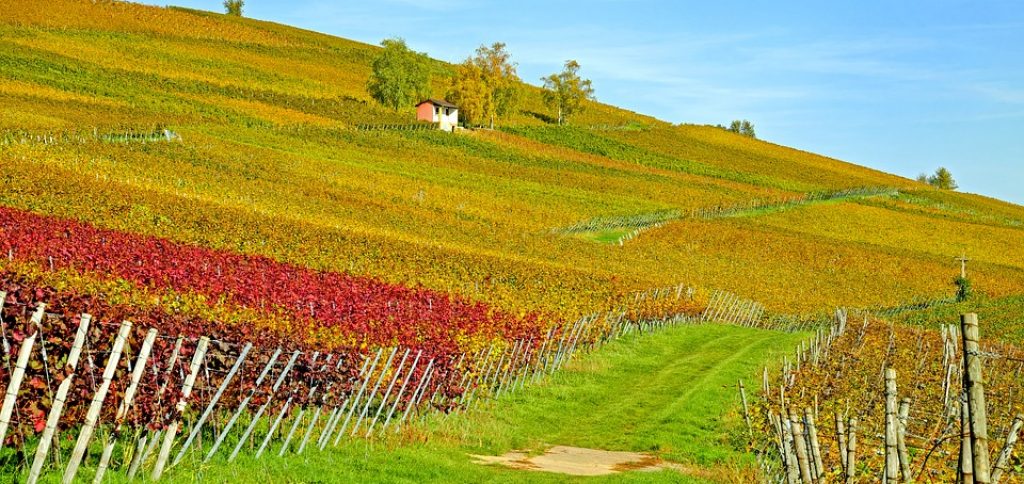Drones: winegrowers’ airborne assistants

Employees at the Services Center in Trier responsible for the Moselle Valley have been testing the use of drones in spraying operations for viticulture for quite some time. Last year they had some very promising results. And trials are also being conducted in the Rheingau and Baden-Württemberg.
“If only we could fly!” This is something winegrowers on the steep slopes along the Moselle River, in particular, must have often thought to themselves, sighing in exhaustion. After all, pruning their vines until harvest entails an awful lot of tiresome climbing. That said, helicopters have long been used in the quite necessary process of treating vines with pesticides. But the downside to this is that such flying assistants cost a lot of money, are extremely noisy and aren’t always able to provide the required level of precision. What’s more, they have also been involved in accidents. But thanks to drones, there is an alternative.
Targeted distribution of pesticides
Drones may be small, but they are quieter and much more accurate. Although devices specially designed for this purpose – such as the Agronator, which has a wingspan measuring over four meters – can only carry between around 10 to 40 liters of pesticides at a time, they can be used exactly where they are needed thanks to their ability to fly at much lower altitudes than helicopters. And aside from them being easy to control, they produce next to no sound that could annoy local residents. All they produce is a remote buzzing far off in the distance.
But there is still a long way to go before they can be put into series production. One of the reasons for this is all the legal questions that still need to be answered. Evidence also needs to be provided to ensure that the precise spraying of pesticides using smaller jet nozzles is as efficient as traditional methods. The rest boils down to market demand. Currently, such drones cost between 80,000 and 100,000 euros, but the price could drop significantly if there is high enough demand from winegrowers and the drones begin to be manufactured en masse.
Drones – flying scarecrows
Other applications for drones are also conceivable. For example, Robird drones have been developed to look just like falcons. These devices are primarily designed to drive away flocks of birds from airfields. However, it is conceivable that they could be used to scare off starlings that like to get up to no good among the grapes ripening among the vines.
Maybe getting a drone license could one day be part and parcel of viticulture training! And if there are ever flying harvesting machines – which could conceivably check and assess the quality of grapes and only harvest the ones that are fully ripe – it would be an absolute revolution in the industry, resulting in a favorable effect on the price per bottle. Perhaps these flying robots could also take the back-breaking, vine-pruning work off winegrowers’ hands in the winter months. Sound pie in the sky? Let’s wait and see!
